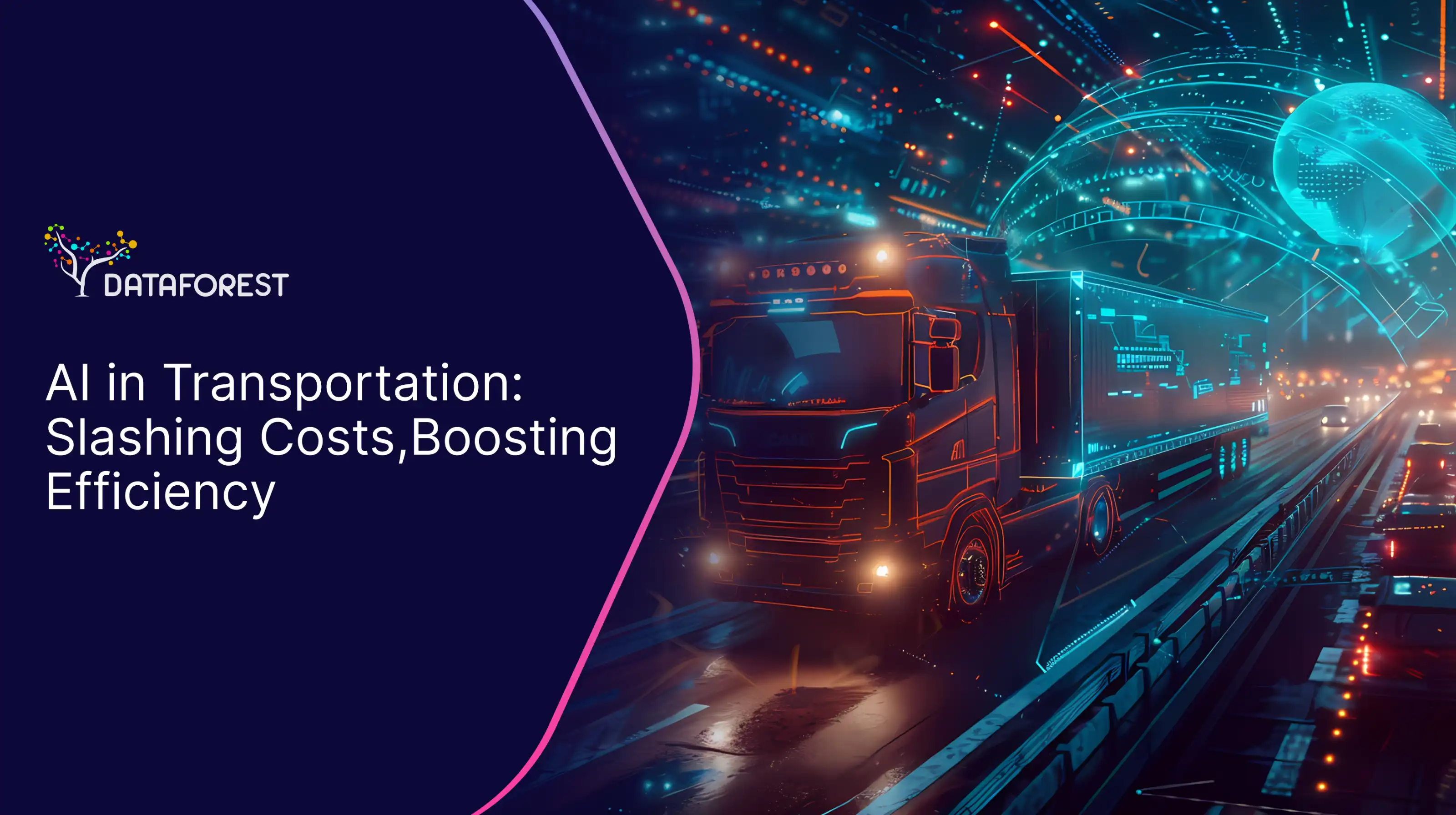Share
Table of contents:
.webp)
Containerization is a virtualization method that packages an application and its dependencies into a standardized unit called a container, enabling consistent and efficient deployment across various environments. Docker is a widely used platform for creating, managing, and deploying containers. Containers isolate applications from the underlying system, ensuring that they run identically regardless of the operating system or hardware on which they are deployed. Unlike virtual machines, containers share the host operating system kernel, which makes them lightweight, fast, and resource-efficient.
Core Characteristics and Components of Containerization
- Isolation and Independence: Containers encapsulate applications and their dependencies, such as libraries, binaries, and configurations, providing complete isolation from other applications and the host environment. This ensures that each container runs independently, avoiding conflicts and inconsistencies between environments.
- Image-Based Deployment: Containers are created from *images*, which are static templates that include all necessary files and configurations for an application. An image can be thought of as a snapshot of an application at a specific state, with all dependencies included. Docker images are typically stored in repositories like Docker Hub and are version-controlled, enabling easy distribution and management.
- Container Runtime: The container runtime is the engine that manages the lifecycle of containers, including their creation, starting, stopping, and removal. Docker Engine, the default runtime in Docker, enables fast execution by leveraging the host operating system's kernel, eliminating the need for a separate guest OS as in traditional virtual machines.
- Layered File System: Docker images use a layered file system, where each layer represents changes or additions to the base image. These layers are immutable and cached, allowing containers to share common base layers while applying unique modifications on top. This layered structure enables efficient storage, rapid deployment, and easy rollbacks.
- Networking and Port Mapping: Containers can communicate with each other and external systems via networking. Docker provides several networking options, including bridge, host, and overlay networks. Port mapping is often used to expose containerized applications to the host network, allowing access to applications running inside containers through specified ports.
- Data Persistence with Volumes: Containers are ephemeral by nature, meaning that data within a container is deleted when the container stops. Docker allows for data persistence using *volumes*, which are storage areas independent of containers that persist data across container lifecycles. Volumes provide a way to share data between containers and ensure data continuity even if containers are recreated.
Mathematical Representation of Resource Efficiency
The resource efficiency of containerization over VMs can be represented by comparing memory and CPU usage across the two. Let `R_vm` represent the resource consumption of a virtual machine and `R_container` that of a container:
- `R_vm = R_os + R_app`
- `R_container = R_app / n`
where `R_os` is the overhead of the operating system, `R_app` is the resource requirement of the application, and `n` represents the number of containers that can share the same OS. Since containers share the OS kernel, the overhead per container is significantly reduced, resulting in lower `R_container` values compared to `R_vm`.
Docker Components and Workflow
Docker includes several essential components for container lifecycle management:
- Dockerfile: A Dockerfile is a text file containing instructions for building Docker images. Each command in a Dockerfile corresponds to a layer in the resulting image, defining the application environment, dependencies, and configurations.
- Docker CLI (Command-Line Interface): Docker’s CLI provides commands for managing images, containers, networks, and volumes. Common commands include `docker build` to create images, `docker run` to start containers, and `docker pull`/`push` for managing images in a registry.
- Docker Compose: Docker Compose is a tool for defining and managing multi-container applications. Using a YAML configuration file, Docker Compose orchestrates containers, specifying dependencies, network configurations, and shared volumes.
- Docker Swarm and Kubernetes: Docker Swarm (Docker’s native orchestration tool) and Kubernetes are platforms for managing clusters of containers, automating deployment, scaling, and management across multiple hosts.
Example Docker Compose YAML file:
yaml
version: '3'
services:
web:
image: nginx
ports:
- "80:80"
db:
image: mysql
environment:
MYSQL_ROOT_PASSWORD: exampleContainerization, particularly with Docker, is widely used in DevOps and cloud-native development for deploying scalable, modular applications. Containers enable rapid iteration, reproducibility, and efficient resource use, supporting microservices architectures and continuous deployment workflows. By ensuring consistent environments across development, testing, and production, containerization has become integral to software development, enabling greater flexibility, scalability, and reliability.











